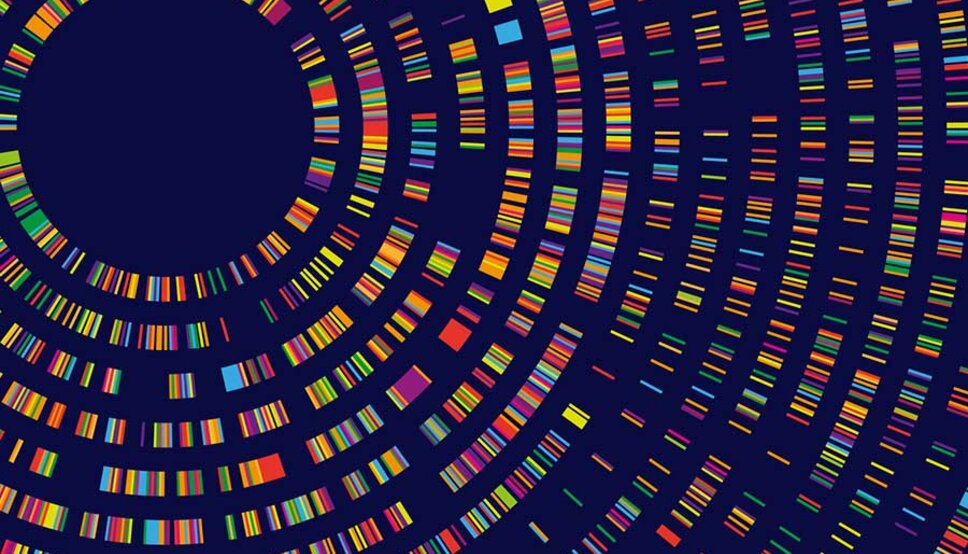Is Arthritis Hereditary? Understanding Genetic Predisposition to Osteoarthritis

Osteoarthritis (OA) is a common condition that affects millions of people worldwide, causing pain, stiffness, and swelling in the joints. While factors like aging, joint injury, and obesity are widely recognized as contributing to the condition, research has shown that genetics also play a significant role in determining whether a person is more likely to develop OA.
What is genetic predisposition?
Genetic predisposition refers to the inherited risk factors we get from our parents that may make us more susceptible to certain diseases or conditions. In the case of osteoarthritis, this means that if someone in your family has had OA, you might be more likely to develop it yourself, even if you don’t have other common risk factors.
Our genes are made up of DNA, which carries the instructions for how our bodies function. These instructions can influence everything from how our joints develop to how they respond to stress, wear and tear, and injury. Some genetic variations—small differences in our DNA—may increase the likelihood of cartilage damage or inflammation, which are central features of osteoarthritis.
How does genetics affect osteoarthritis?
Osteoarthritis primarily affects the cartilage, the cushiony tissue that covers the ends of bones in your joints. Over time, cartilage can wear down, causing pain and limiting movement. While environmental factors like joint injury or repetitive use contribute to this wear and tear, genetics can influence how likely it is for your cartilage to break down.
Certain genes are linked to the production of proteins that help maintain the structure and function of cartilage. Some genetic variations can result in weaker cartilage or cause the body to repair damage less effectively. For example, one gene, called COL2A1, is involved in the production of collagen, a key structural protein in cartilage. If there are mutations in this gene, it may lead to cartilage that is more prone to damage.
Can genetics alone cause osteoarthritis?
While genetics play a role in increasing your risk for osteoarthritis, they are not the sole factor. OA typically develops as a result of a combination of factors, including age, lifestyle, and joint injuries. Genetics may give you a higher likelihood of developing OA, but it doesn’t guarantee you’ll get it.
For instance, if you have a family history of OA, you might be more prone to developing the condition. However, maintaining a healthy weight, staying active, and protecting your joints from injury can help reduce your chances of developing severe osteoarthritis, even if you carry certain genetic markers.
What does this mean for you?
If you have a family history of osteoarthritis or are concerned about your genetic risk, it’s important to talk to your doctor. They can help you understand how your genes might influence your risk and guide you on steps you can take to protect your joints. Early detection and management of OA can make a big difference in reducing symptoms and improving quality of life.
While we can’t change our genetic makeup, knowledge is power. Understanding that genetics play a role in osteoarthritis allows us to be proactive about joint health. By staying active, eating well, and protecting our joints from stress, we can help manage the risk factors that we can control. Currently, there is no routine testing performed to evaluate for genetic predisposition to OA and blood tests are not readily available or necessary.
Osteoarthritis is a complex condition influenced by both genetic and environmental factors. While having a genetic predisposition may increase your risk, it doesn’t mean OA is inevitable. With the right lifestyle choices and medical guidance, you can take steps to manage your risk and keep your joints healthy for years to come.
For more tips on managing all aspects of your health, visit the Be Well blog.

About the Author:
Thomas Barrett, MD
Dr. Thomas Barrett is an orthopedic surgeon at Brown University Health Orthopedics Institute. He specializes in adult hip and knee reconstruction.
Be Well Newsletter
Does Joint Pain Affect Your Daily Life?

Take an online assessment below to evaluate your joint pain and see what treatment options are available.
Find a Doctor

The right provider is in our network
Search more than 1,200 providers in our network.



